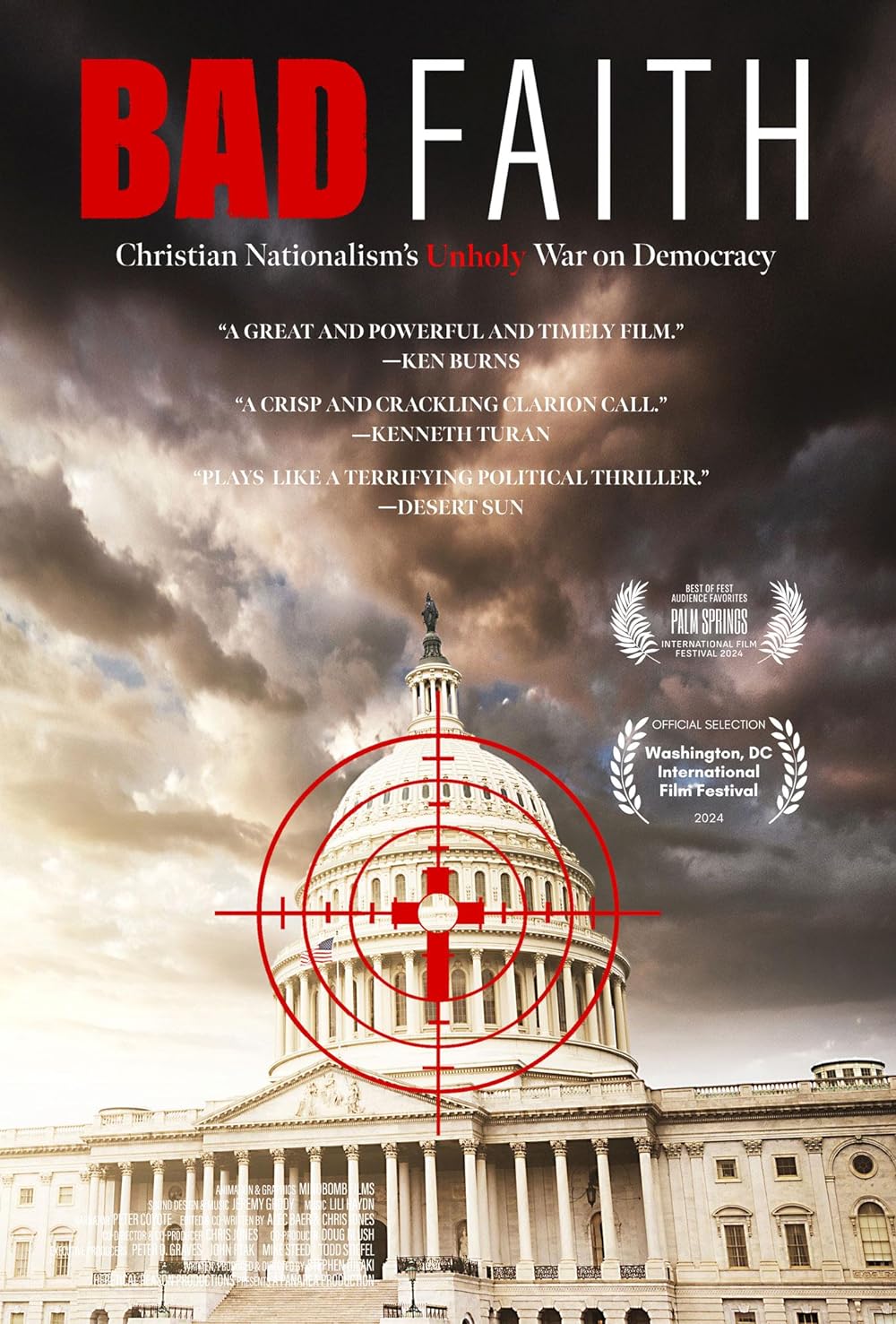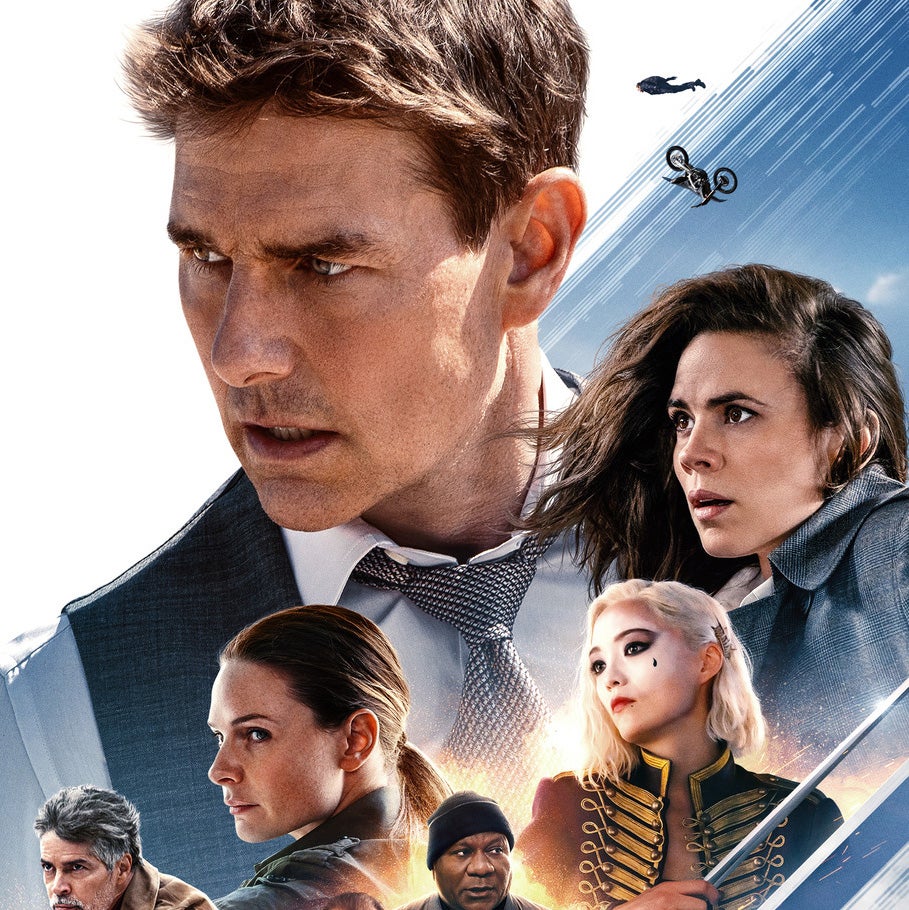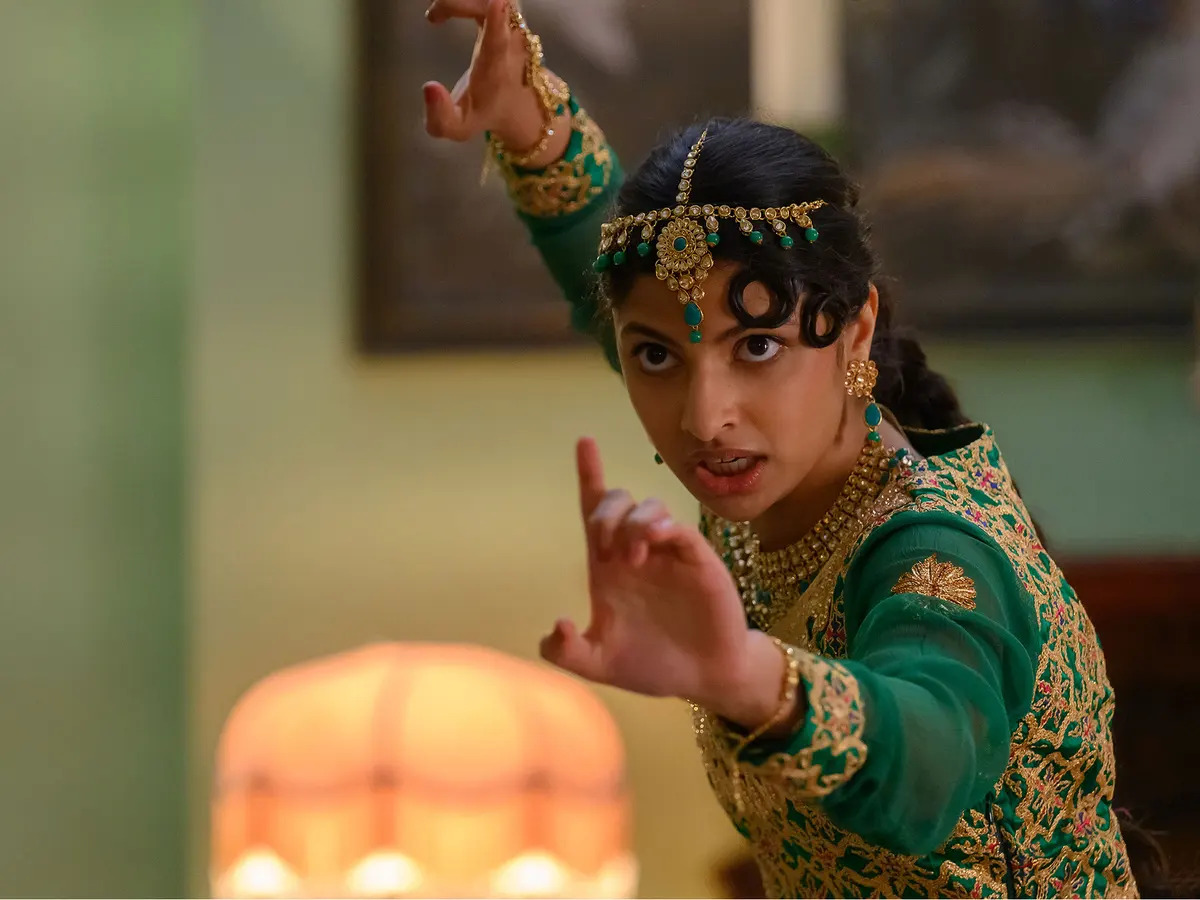Miss Congeniality 2: Armed and Fabulous
Posted on March 22, 2005 at 11:19 am
B+| Lowest Recommended Age: | Middle School |
| Profanity: | Some mild language |
| Nudity/ Sex: | Some mild sexual references |
| Alcohol/ Drugs: | Drinking |
| Violence/ Scariness: | Action-style violence including guns and a lot of hitting and kicking, no one hurt |
| Diversity Issues: | Diverse characters, strong and capable women |
| Date Released to Theaters: | 2005 |
Somewhere inside this very mainstream Hollywood confection is a surprisingly subversive little bit of deconstruction. It takes a classic Cinderella theme — the makeover that catches the attention of Prince Charming — and turns it upside-down. This is a movie about an un-makeover.
The original Miss Congeniality was a Cinderella story with Sandra Bullock as the ironically-named FBI agent Gracie Hart. The shy and dowdy girl who snorted when she laughed got a glamour makeover so that she could go undercover in a beauty competition. She unleased her inner bombshell, bonded with her fellow beauty queens, and captured both the bad guys and the heart of a hunky fellow agent.
But there’s no such thing as happily ever after when there’s sequel money to be made, so as this one opens, Gracie’s notoriety has made it impossible for her to do undercover work and the romance has come unraveled. She is given the choice between a desk job and going on the road to do promotional work for the Bureau. While she does not want to become “FBI Barbie,” she does not want to deal with the loneliness and insecurity of her old life, so she gets another makeover, goes on a book tour, and ends up demonstrating her famous SING method of self-defense (that’s “solar plexus, instep, nose, and groin”) on Regis, with the help of Sam Fuller, her hostile new associate (Regina King).
But we have to figure out a way to get some of the other characters from the first movie back into the story, so Gracie’s friends from the beauty pageant (Heather Burns as Miss United States of America and William Shatner as pageant representative Stan Fields) get kidnapped, and Gracie and Sam have to outsmart not just the bad guys but also the local FBI by-the-books types to save the day.
All of this is just a conventional set-up for some outlandish and silly but mildly entertaining farce and a couple of better-than-average wisecracks. Bullock chases and tackles someone she thinks is a Dolly Parton impersonator, dresses up like an old Jewish lady in a wheelchair, and does a lot of racing around in sequins and high heels. But the reversal of the usual makeover/romance theme adds, if not weight, at least a bit more interest.
As producer of the film, Bullock has tailored it around her talents, and her pleasure in the role makes it more fun to watch. The wonderful Regina King (Ray) is unfortunately relegated to scowls and punches for most of the movie but gets to shine in her own set of spangles near the end. Dietrich Bader (“The Drew Carey Show,” Napoleon Dynamite) and Eileen Brennan (Private Benjamin) provide some bright moments but the rest of the cast is cardboard-y and practically invisible.
Parents should know that the movie has some strong language and a lot of action-style violence (no on hurt) and peril. There is some sexual humor, some crude jokes, and a joke about drinking. A strength of the movie is its portrayal of strong, loyal, and capable diverse characters, including minorities, women, and a gay character.
Families who see this movie should talk about whether “people care about people who care about themselves.” Why was Sam so angry? What was the most important thing that Sam and Gracie learned?
Families who enjoy this movie will enjoy the original, Legally Blonde, Beverly Hills Cop, and the underrated Guarding Tess.







